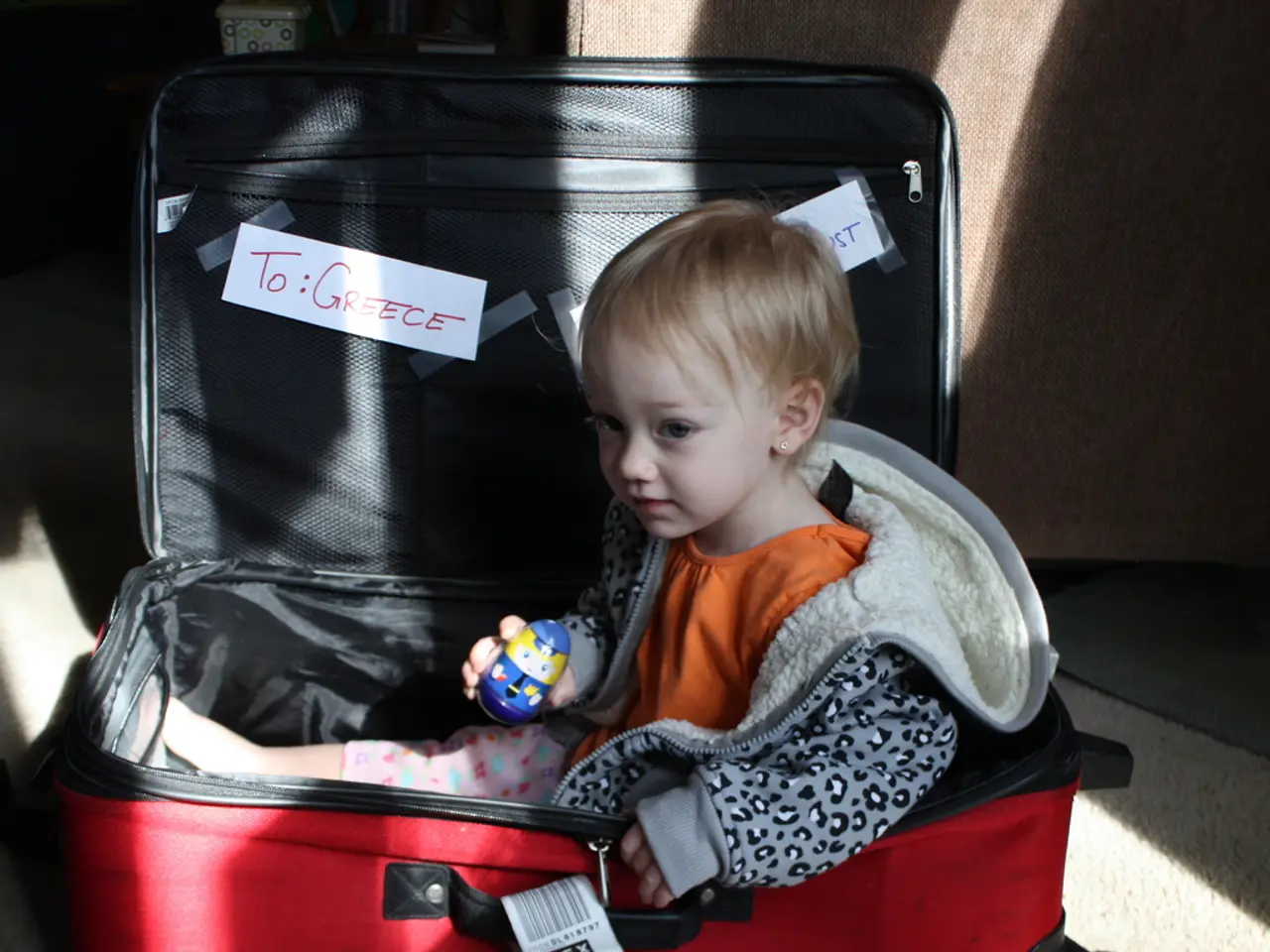In Latvia, just 3.7% of minors have non-citizen status.
In a recent analysis of the dataset , it has been revealed that European countries exhibit a notable range in the percentage of non-national minors, with significant disparities reflecting regional migration trends, local integration policies, and historical factors.
The data shows that Luxembourg stands out as the country with the highest percentage of non-national minors, with 45.7% of children under 18 holding a citizenship different from that of their country of residence. This figure is substantially higher than other countries, with Austria at 21.9% and Malta at 19.3% rounding out the top three.
On the other end of the spectrum, countries with the lowest percentages of non-national minors include Slovakia (0.4%), Poland (0.8%), and Romania (0.9%), indicating very limited diversity in citizenship status among children in these countries.
When comparing these countries to their neighbors, Luxembourg’s 45.7% is much higher than neighboring Austria’s 21.9%, and significantly above the EU average of 9.4%. Austria’s figure is also high compared to neighboring countries like Slovakia and Poland, which record less than 1%. Malta’s 19.3% stands out among smaller EU states, but there is no specific direct neighbor for close comparison, as it is an island nation. Eastern European countries such as Slovakia, Poland, and Romania consistently report very low shares of non-national minors, much below the EU average, reflecting either lower immigration inflows or more homogeneous populations.
Among non-national minors in the EU, about 27% are under 5 years old, roughly 30% are aged 5–9, approximately 28% are aged 10–14, and 15.6% are 15–17 years old.
Overall, the EU average share of non-national minors is 9.4%, encompassing about 7.5 million children across member countries. Estonia, with a share of 9.6% of minors who do not have citizenship, is also on the higher end of the scale, while Lithuania and Latvia share a similar percentage of 3.7%.
The data highlights strong regional differences, with Western Europe showing higher shares of non-national minors compared to Eastern Europe, which remains largely homogeneous in terms of citizenship among minors. This underscores the need for continued research and policy discussions to address the challenges and opportunities posed by migration and diversity in the European Union.
References:
[1] migr_pop2ctz dataset [2] European Commission, 2024 [3] United Nations Children's Fund (UNICEF), 2024
- The data reveals that while Luxembourg stands at the top with the highest percentage of non-national minors among European countries, Estonia also records a high share, which is above the EU average.
- In contrast to Western European countries like Luxembourg and Estonia, Eastern European nations such as Slovakia, Poland, and Romania exhibit significantly lower percentages of non-national minors, underscoring the regional variations in terms of citizenship among minors in the EU.







